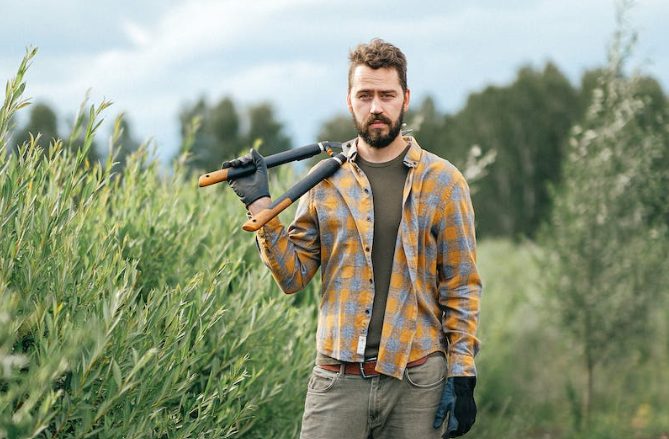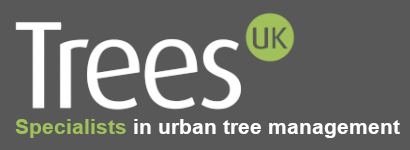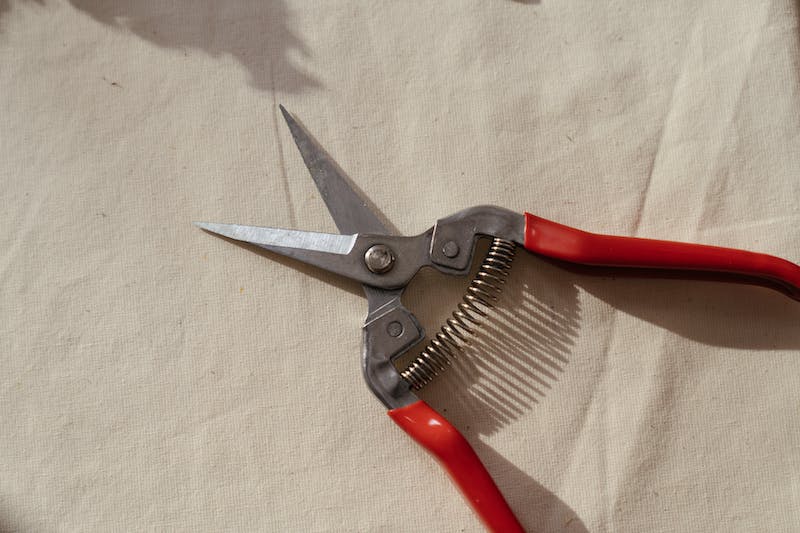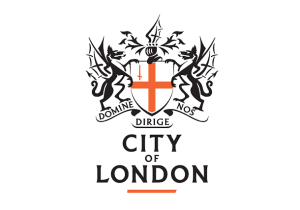Whatever your outdoor space, we all want to keep our trees, bushes and shrubs looking neat and tidy – ensuring they stay healthy and look their very best. But without care and maintenance, growth slows, insects and disease can take over, and broken branches can weigh down your plants.
Today, we’ll look over the key signs it’s time to prune your leylandii, part of a hedge trimming series where we cover topics like:
- Leylandii pruning and all about trimming leylandii
- Professional hedge trimming
- Other hedge maintenance
- Overall tree care and tree management
Once you’ve read through, you’ll know all about how to look after your leylandii to keep it flourishing – and when, and how, to call in our expert team (if needed!).
About leylandii hedges
A leylandii is a type of conifer. Generally, these need trimming every 12-18 months, but if you cut a significant amount of growth, you can stretch to 2-3 years. Pruning, though, can help to maintain the shape of the tree while controlling its spread – ensuring you have the perfect balance of light, shade and privacy in your outside space.
3 signs your leylandii needs trimming

Though there can be a wistful beauty about wild, untamed gardens, unfortunately, plants need a little care and commitment to keep them strong, healthy and growing well. If you neglect what’s in your garden, it can become too bushy to manage, fall susceptible to pests and problems, and even die altogether. So, if you’re wondering about when your leylandii is ready for a trim, here are three of the key signs.
#1: It looks shapeless and uneven
Many people find that without regular pruning (which here, could be as little as once every three years, or as often as annually), hedges especially take on a life of their own. They can quickly look bushy and overgrown, be prone to thinner areas, or have an uneven spread of leaves, with less at the bottom than the top. This ‘bottom heavy’ appearance can also affect lighting in your home and garden, as well as the integrity of the hedge.
#2: There are dead patches
Leylandii are known for being robust, hardy trees, but that doesn’t mean they aren’t still susceptible to problems. In fact, without the appropriate pruning, you may find your leylandii hedge becomes brown and patchy-looking, or even that areas of the plant die. Pruning in warmer weather – think spring and summer – gives your hedge the kickstart it needs to grow before the frost comes, and can go a long way in keeping it healthy for longer.
#3: You haven’t pruned in a while
It’s no good doing the bare minimum with your hedges, and pruning once every few years or so. You’ll need to maintain your plant properly – whether it’s an annual lopping or significant scaling back 2-3 years apart. If you aren’t sure what that looks like, we’d advise getting in touch with our expert arborealists. Not only can we give you guidance about when and how to prune, but we can even do it for you (and for very competitive prices).
Reasons to prune regularly
As well as the points we’ve already covered, you’ll want to maximise your outdoor space – which a quickly-growing leylandii can soon compromise. In fact, with their leafy shade, they may well overshadow – and even kill off – other growers in your garden. Not to mention that a large hedge can cause untold issues for your home, whether it’s lack of light, disputes with neighbours or roots interfering with your foundations.
Shaping your leylandii
Like most conifers, leylandii can take quite a bit of pruning. But, you’ll need to bear in mind that even a fast-growing, hardy plant like the leylandii needs a couple of years to grow back once it’s snipped. That’s why pruning every 12-18 months is usually recommended in residential gardens. Having said that, you can lop off a substantial amount of height without affecting the health of this hedge – and may even find that encourages better growth.
Like any pruning, always focus on bits that are clearly damaged, aged or diseased. Overgrowth is also important, so – following the natural growth of your leylandii – cut away the longer shoots before getting to the woodier parts of the hedge. Be sure you’re using the right tools for the job, perhaps with shears for lopping off longer branches and secateurs for when you need to get in closer.
Why to invest in professional hedge trimming

At Trees UK, we serve customers all over South East London and Bromley, providing arborist services that focus on maintaining health and growth, while eliminating problem trees and maximising space. Whether it’s pruning or planting, you can count on us for professional hedge services that meet your needs. Just a handful of services that might be of interest include:
- Hedge reduction services
- Hedge removal services
- Services for trimming hedges in fall
- Services for trimming hedges in spring
Quick FAQ
Here are some common questions asked by our loyal Bromley and South East London clientele:
How much does hedge trimming cost?
Like many things, this is a ‘how long is a piece of string’ question. Without knowing the rough dimensions of your plant, its location, problems like disease or pests, and other criteria, it’s hard to give a blanket quote. Instead, you’ll be able to get a quote tailored for your needs when you contact our arborealists.
How do I find a hedge trimming service near me?
We proudly carry out hedge reduction services and hedge removal services all over South East London, including the upscale Bromley area. If you live in or near these areas, it’s highly likely we’ll be able to attend your property for professional hedge trimming services. Go on – give us a try today.
Will a dead hedge grow back?
Sometimes, despite our best efforts, a plant will die – often for unrelated reasons, like poor light or disease. However, hedges like leylandii confiers are hardy plants, and with a careful approach, you may be able to revive them. Talk to our tree surgeons to find out more.
















